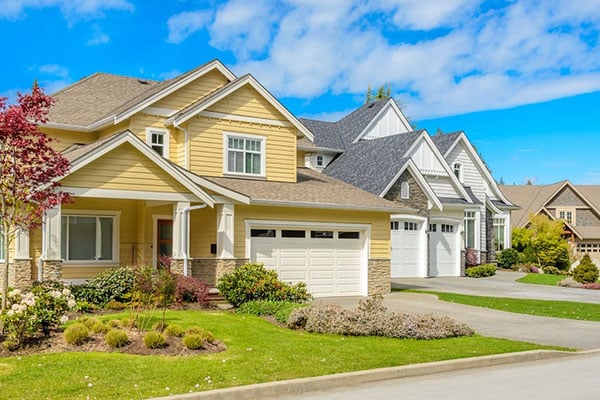Do you own a home in a large planned community? It's possible that you've just become a member of two community organizations. One is a master association, and the other is a sub-association. This setup is very common in communities with several types of housing units, including single-family homes, townhouses, and condominiums.
Living in a community that's governed by a master association and sub-association means that you may be subject to two of everything. However, the relationships of individual master associations and sub-associations vary based on specific governing documents for the community.
What Is a Master Association?
A master homeowners association (HOA) is an "umbrella" association that oversees and manages a larger community or development that is often divided into sections. Separate sub-associations govern each of these sections. This means that they are bound by their own set of governing documents in addition to the master association governing documents.
What Is a Sub Association?
Sub-associations operate under the umbrella of their master associations. However, as stated above, they may have their own set of assessments, rules, and governing documents. If you own a home in a standalone sub-association, you will typically have to pay a second set of dues. These dues go toward the cost of maintaining your community.
The Relationship Between a Master Association and a Sub-Association
Dues
In most cases, homeowners are responsible for paying assessments or dues to both the master association and sub-association. However, this depends on each association's governing documents. These governing documents outline to which association homeowners must pay dues to and the total of those dues. Typically, master associations will collect dues from their sub-associations. However, in some cases, a master association's governing documents may require owners to submit dues to the association directly.
So, in summary, HOA dues and assessments may be collected by both the sub and master associations, or one association may collect fees and distribute those fees to the other association.
Maintenance Obligations
The master association typically maintains common areas, including the main roads, pools, clubhouses, and playgrounds. On the other hand, the sub-association might own a particular amenity or common area that is only accessible and available to members of the sub-association. In this case, the sub-association is must pay for the cost of maintaining these areas.
However, it is possible for the master and sub-association documents to allow the master association to assume sub-association maintenance obligations. This ensures flexibility between the associations and ease of maintenance.
Covenant Enforcement
As a homeowner in your community, you may be subject to two sets of covenants. This is because most master associations have their covenants that apply to the community as a whole. Sub-associations, on the other hand, may have rules that only owners within the sub-association must follow.
If you are a homeowner within a master association and sub-association community, it is important to be aware of the decisions each association's board makes and pay close attention to any communication you receive from them.
Takeaway
Owning a home in a large planned community often means that you are subject to two sets of everything: assessments, maintenance responsibilities, and rules. This may cause you to feel overwhelmed and frustrated with trying to keep up with the requirements of two different organizations.
However, it's important to note the advantages of organizing communities in this way. Different housing units should be treated differently, which therefore means that they have their own set of processes for setting fees, determining maintenance obligations, and creating covenants. The ultimate goal is to provide a secure space for residents, and maintain a well-kept, organized community for all members.





